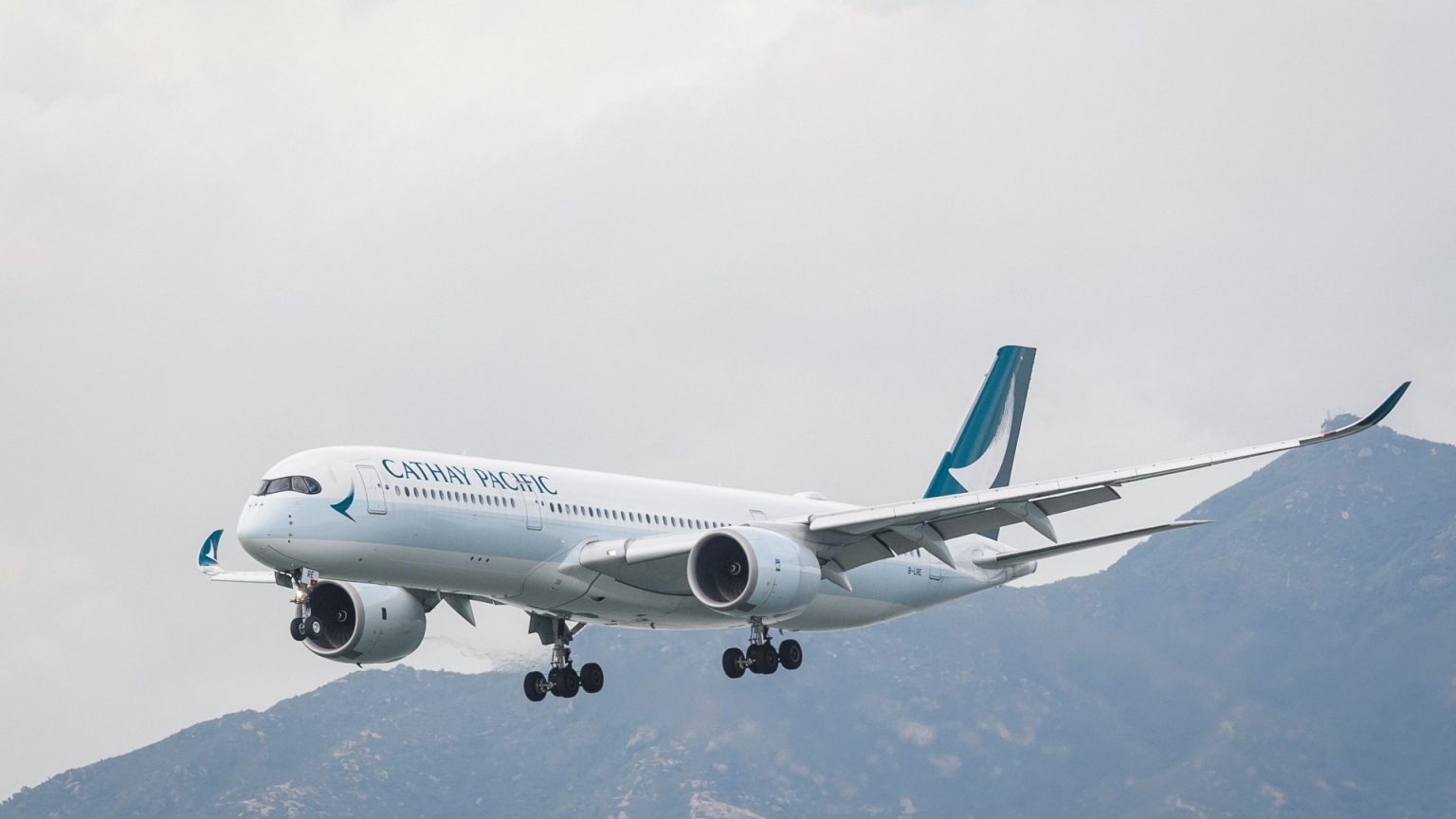The phenomenon of “flying back in time” is set to occur for passengers on a Cathay Pacific flight departing from Hong Kong in the early hours of New Year’s Day, 2025, and arriving in Los Angeles on New Year’s Eve, 2024. This temporal anomaly is a result of crossing the International Date Line (IDL), an imaginary demarcation in the Pacific Ocean that separates two consecutive calendar dates. As the aircraft travels eastward across the IDL, it effectively subtracts a day, allowing passengers to relive New Year’s Eve upon arrival in Los Angeles.
The IDL, while lacking official international legal status, serves as the established boundary between the Eastern and Western hemispheres. Its function is purely practical, facilitating global timekeeping by adjusting the calendar date for those traversing it. Eastward travelers “lose” a day, while westward travelers “gain” a day. This peculiarity allows for the unique experience of celebrating New Year’s Eve twice within a short timeframe for those flying from Hong Kong to Los Angeles on this particular flight path.
For the passengers aboard the Cathay Pacific flight, the journey presents an unusual opportunity. Departing Hong Kong after the stroke of midnight on January 1, 2025, they will land in Los Angeles several hours before midnight on December 31, 2024. This allows them to essentially rewind the clock and experience New Year’s Eve again, offering a double dose of festive celebrations. It’s a quirk of global timekeeping that transforms a routine flight into a brief journey through time.
The National US Ocean Service aptly describes crossing the IDL as a form of time travel. While not involving actual temporal displacement, the act of adjusting the calendar date creates the illusion of moving backward or forward in time. For those on the Hong Kong to Los Angeles flight, this translates into an extended New Year’s Eve, a unique opportunity to prolong the festivities. It’s a testament to the practicalities of global timekeeping and how it can sometimes lead to these intriguing temporal anomalies.
This unusual flight coincides with New Year’s Eve celebrations taking place across the globe. While some parts of the world are ushering in 2025, others are still preparing for the countdown. In London, for example, the iconic New Year’s Eve fireworks display is set to proceed as planned, despite concerns about inclement weather. The event promises a spectacular show for those gathered along the Thames and millions watching worldwide.
The “time-traveling” flight serves as a reminder of the complexities of global timekeeping and the interesting anomalies that can arise from the IDL. While the passengers aren’t literally traveling back in time, the experience of reliving New Year’s Eve offers a unique and memorable start to 2025. It’s a quirky twist on air travel that highlights the interconnectedness of global time zones and the occasional temporal quirks they can produce.




